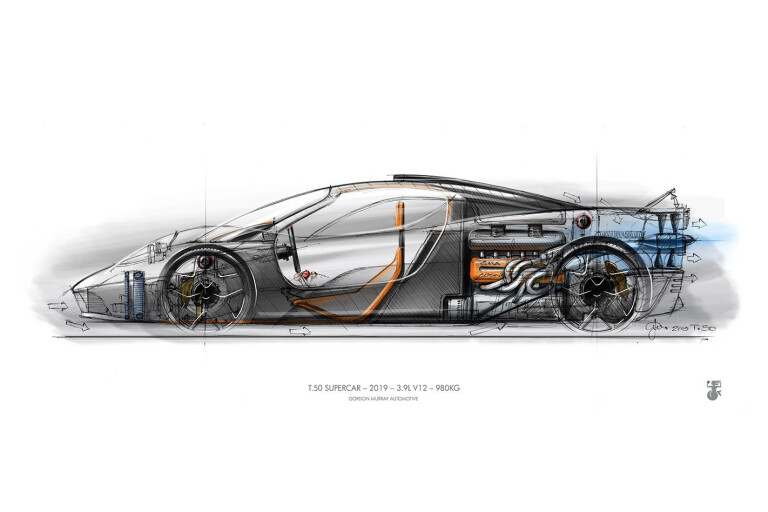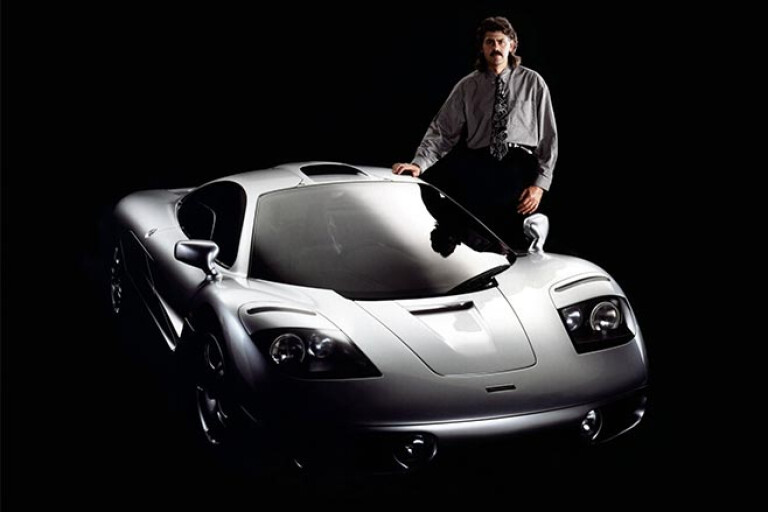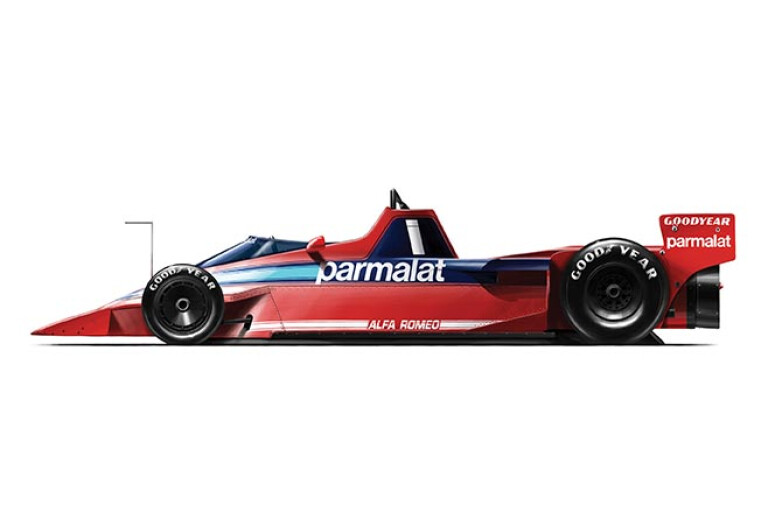
Gordon Murray has always maintained he has “one more supercar in him” and the technical reveal of the Gordon Murray Automotive T.50 proves he is true to his word.
The 72-year-old is one of the world’s greatest automotive designers, his Formula One machines winning 56 grands prix and five driver’s championships, while the McLaren F1 is still widely regarded as the greatest supercar of all time. Murray wants to change that.
“My aim is to make sure [the T.50] is the very best in the world,” states Murray. As you’d expect from someone with a long record of radical ideas, the T.50 – so named as it’s the 50th race or road vehicle Murray has designed – is completely different to any other supercar. For starters, there is no hint of hybrid propulsion, just a thumping naturally-aspirated V12 mounted midships.
Developed by Cosworth specifically for the T.50, the 3980cc engine is claimed to be “the highest revving, highest power density, lightest and fastest-responding naturally-aspirated V12 ever made for a road car.”

Given Cosworth is also responsible for the 746kW/740Nm 6.5-litre monster in the forthcoming Aston Martin Valkyrie, that’s quite a claim. The T.50 will produce 485kW and 610Nm with a redline of 12,500rpm, fed to the rear wheels only through a six-speed H-pattern manual gearbox built by XTrac.
Such outputs might seem a little low in comparison to the 1103kW Bugatti Chiron or 1177kW Koenigsegg Jesko, but Murray says “I have absolutely no interest in chasing records for top speed or acceleration. Our focus is instead on delivering the purest, most rewarding driving experience of any supercar ever built – but, rest assured, it will be quick.”
Yes, it will. The T.50’s guiding design philosophy is “performance through lightweight” and this V12 supercar will weigh just 980kg, giving it a power-to-weight ratio of 495kW/tonne. For comparison, a 911 GT3 offers 260kW/tonne.

A carbonfibre tub clad with carbon-composite panels helps the mission statement but the T.50’s size also plays a key role. At 4380mm long and 1850mm wide its dimensions are virtually identical to those of the new Toyota Supra, itself a compact machine.
Despite this, the interior is claimed to be “spacious and comfortable for three, with ample dedicated space for luggage”. As with the F1, a central driving position is flanked by a passenger seat on either side.
The suspension is relatively conventional, with a double wishbone layout at both ends incorporating inboard dampers with rising rate springs to counter the downforce loads, required as the T.50 will rewrite the rulebook when it comes to supercar aerodynamics.

Taking inspiration from the infamous Brabham BT46B ‘fan car’, the T.50 uses a 400mm fan in the rear to work with the underbody in sucking the car to the ground at high speed. The solution was so effective that the BT46B raced just once, Niki Lauda winning the 1978 Swedish Grand Prix, before being withdrawn as a political play by then-team owner Bernie Ecclestone. The fan will be operated by a 48-volt electrical system.
In line with Murray’s goal of creating a road-focused supercar, tyre widths will be a relatively modest 235mm front and 295mm rear wrapped around staggered rims 19 and 20 inches respectively. To further save weight, no subframes are needed, the rear suspension mounted to the gearbox and the front attaching directly into the carbonfibre monocoque. There is no electronic stability control, just ABS and traction control, making the T.50 a machine that will not flatter the incompetent.

“Just as with the F1, I have focused on the complete driving experience, not horsepower or top speed,” explains Murray. “The T.50 will deliver performance and dynamic characteristics simply out of reach for other supercars, not least because of its low weight.
“The T.50 design has the same focus and better the F1 in every area – ingress and egress, luggage capacity, serviceability, maintenance and suspension set-up. We expect this to be the last, and the greatest, ‘analogue’ supercar ever built.”
Just 100 will be built at a price in excess of AUD$3.65m (before taxes) with deliveries expected to start in 2022.

COMMENTS